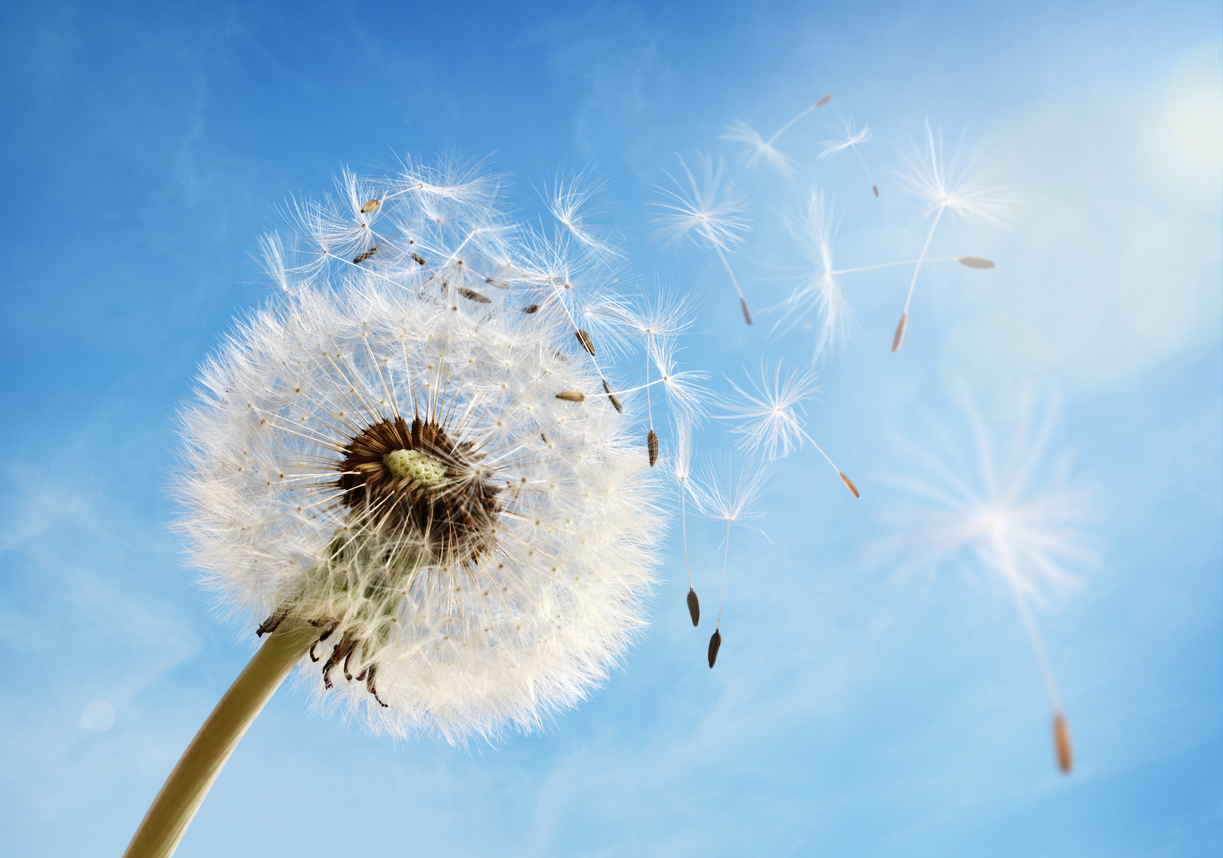According to biology, which is the technological know-how that deals with residing organisms, it is a life that distinguishes lively organisms from being counted that is inorganic. If something has a lifestyle, it will be self-maintaining in the heart compared to something that does not possess a lifestyle, either because it’s miles useless or iar inanimate. All residing organisms comprise cells that use energy, maintain homeostasis, respond to stimuli, reproduce, adapt to changes in the surroundings, and pass on characteristics to their off-springs.
If you observe biology, characteristics that define lifestyles are important matters that you will research. All dwelling organisms showcase these capabilities. They share those fundamental residences of life, categorizing them as the dwelling and consequently exclusive from inanimate beings. While some traits can be species-specific, those seven lifestyle characteristics are common to all dwelling beings. Here we test what the characteristic functions of life are.
Cells
Cells are the fundamental devices of lifestyles of every residing organism. All residing beings are composed of one or greater cells. Unicellular organisms can be made of simply one cell, and multicellular organisms are of many cells, with each cell having specific capabilities. A cell consists of organelles like mitochondria, nucleus, Golgi equipment, and many others, which can be the equivalents of organs in our body. These organelles comprise carbohydrates, proteins, lipids, and nucleic acids and perform capabilities like generating energy in the form of ATP, transferring molecules, synthesizing proteins, etc. Cells of the identical type integrate and form tissues that, in flip, form organs.

Homeostasis
All residing organisms maintain homeostasis, which is how the body’s inner surroundings are regulated if you want to preserve a stable nation. This system was defined first by Claude Bernard and then by Walter Cannon. All organisms wish to maintain a solid environment to sustain cell metabolism. This is important to existence. If the inner surroundings are disturbed, then it is feasible that the normal methods are disrupted. One of the excellent examples to explain this phenomenon of preserving homeostasis is how the frame balances trade-in frame temperature through acting moves that stability out. If you feel cold, you inadvertently tend to shiver, reasons the muscle mass to supply warmness. Alternatively, if you are feeling hot, then the body produces sweat that facilitates the evaporation of heat from the body.
Heredity
All residing organisms acquire a few hereditary trends from them determine organisms. All organisms bypass their genes to their off-springs. Genes that might be composed of DNA have all of the hereditary statistics. These genes predispose an organism to show off positive characteristics or behave in a certain manner. The examination of heredity is referred to as genetics, and it’s far heredity that reasons a species to evolve by accumulating various characteristics from figure organisms over time.
Use of Energy
All living organisms want the power to carry out numerous capabilities like improvement, increase, damage restoration, reproduction, etc. Most dwelling organisms need this strength in the form of ATP, and their requirement stems from the need for energy for the features of motion and metabolism. Metabolic activities involve a set of processes that allow living organisms to hold existence. Anabolism uses energy to convert chemicals into cellular additives like molecules, and catabolism produces strength by breaking down molecules from natural rely. Plants convert the power derived from daylight to provide vitamins by way of the procedure of photosynthesis. Animals alternatively consume other organisms to complement their want for electricity.
Reproduction
All living organisms reproduce, which is how new organisms of equal kinds are produced. Reproduction may be sexual, in which a single determine makes an organism, or sexual, which combines male and girl intercourse cells and to discern organisms of each gender contribute hereditary records to the organism. When a unicellular organism divides to form a daughter mobile, it’s far known as the asexual replica, and the procedure via which animals reproduce is known as the sexual duplicate.
Response to Environment
All dwelling organisms respond to stimuli in their surroundings, like mild temperature, sound, warmth, etc. The response may be in any form; for example, they agree when unicellular organisms are exposed to chemical compounds. In humans, unintended contact with any object showing intense temperatures can reason a surprising jerk. The response is commonly expressed via an organism by some motion.
Evolution and Adaptation
All organisms undergo the technique of variation to fit themselves into their surroundings. For example, most flora located in the desert has succulent leaves that allow them to save and preserve water. They evolve over some time in step with their surroundings. This is essential to the process of evolution. If you want to explain this organic idea to students, then the satisfactory manner of doing the equal would be to use exceptional dwelling organisms and make a worksheet, to allow the students to look at those features more sensibly. Hopefully, this newsletter has helped you understand the number one difference between a dwelling organism and an inanimate item.
READ ALSO :
- Know About the Types of Journalism for a Rewarding Media Career
- Virginia circle of relatives featured on ‘Tiny House Nation’ this Saturday
- Best Lifestyle Magazines
- Duties of Accountants That Go Beyond Keeping Financial Records
- Small Cell Lung Cancer Life Expectancy




